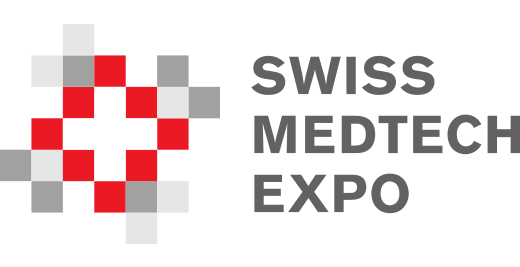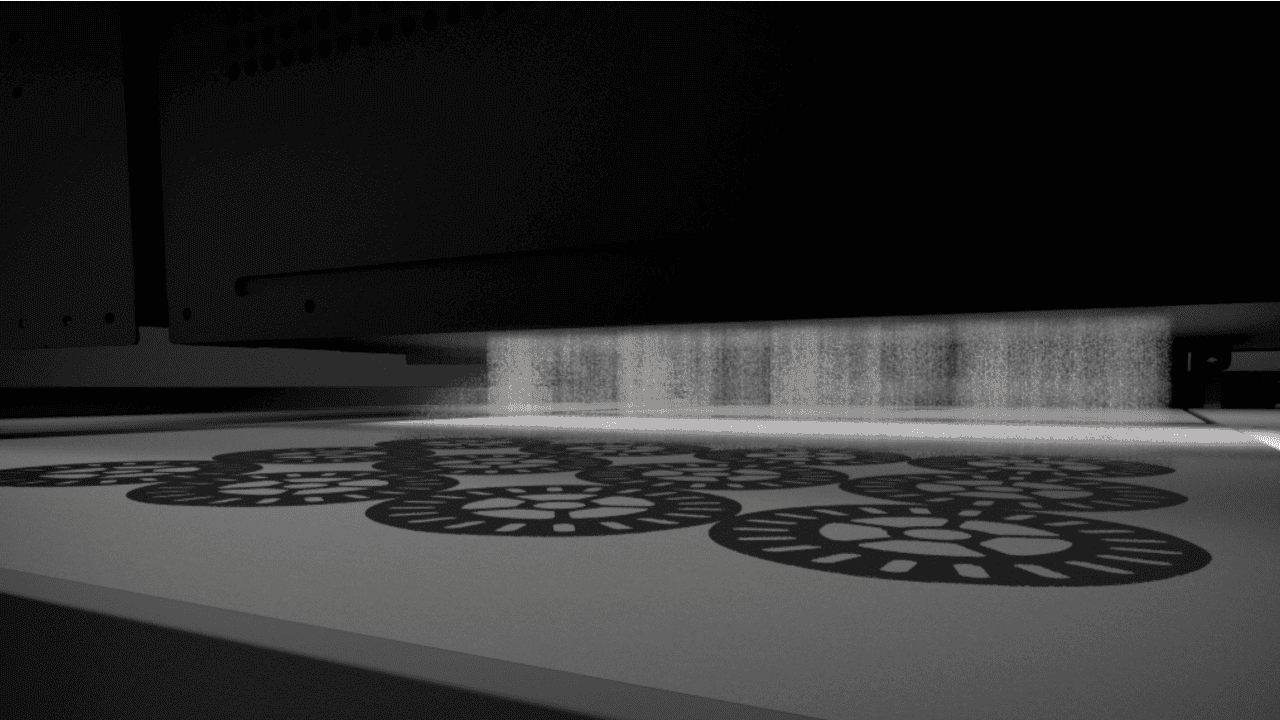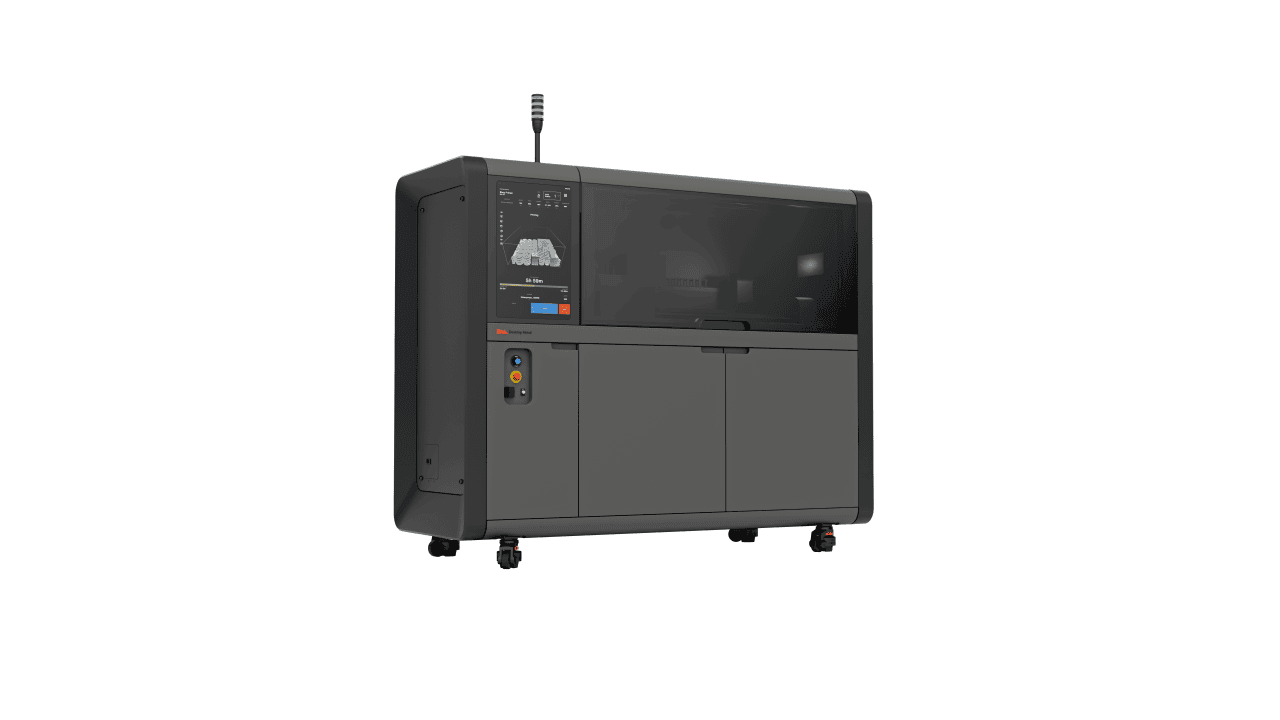Desktop Metal is recognized as an innovative driver of metal 3D printing and offers a comprehensive range of software tools and materials. The market leader offers its customers the most advanced 3D printing technologies for the production of highly complex metal parts for medical technology.
With the shop system, you can bring series-ready metal 3D printing with consistent print quality to your machine shop. Desktop Metal's printing solution offers innovative materials to enable effortless printing of end-use parts with high-quality surface finishes and within tolerances.
Printing process
The shop system is based on the binder jetting process, with which complex and customer-specific components can be mass-produced quickly and cost-effectively. The procedure consists of three steps:
- Step 1: Printing: The binder jetting process takes place in two steps with the shop system. In a first step, the binder is applied through several thousand nozzles according to the component cross-section in order to bind the loose powder. This process is repeated until the build volume is filled with the metal parts and loose powder.
- Step 2: De-powdering: After the printing process is complete and the binder has hardened, the components are taken to a powder station using a construction kit, where the loose powder is removed. 98% of the loose powder is recovered via an integrated powder recycling system.
- Step 3: Sintering: After depowdering, the metal parts are sintered in a furnace at temperatures of up to 1400 °C. At temperatures close to the melting point, the binder escapes from the component and the molecular chains fuse together, which allows the desired mechanical properties to be achieved. The finished metal part is comparable to a casting with a density of 98%.
Key Benefits
- The print head with 70,000 nozzles enables high-resolution printing of metal parts. The print volume can be 4, 6, 8 or 12 liters as required.
- Desktop Metal's accompanying live sintering software is used to simulate the complex forces parts are subjected to during sintering and automatically adjust geometries so that once printed, the originally intended design specifications are maintained.
- Using the high-speed, single-pass printing machine, the shop system produces up to hundreds or thousands of high-quality metal parts per day. In addition, the manufacturing costs are reduced many times over in comparison to conventional production.
- The components are held in place by the surrounding loose metal powder, eliminating the need for additional support structures.



